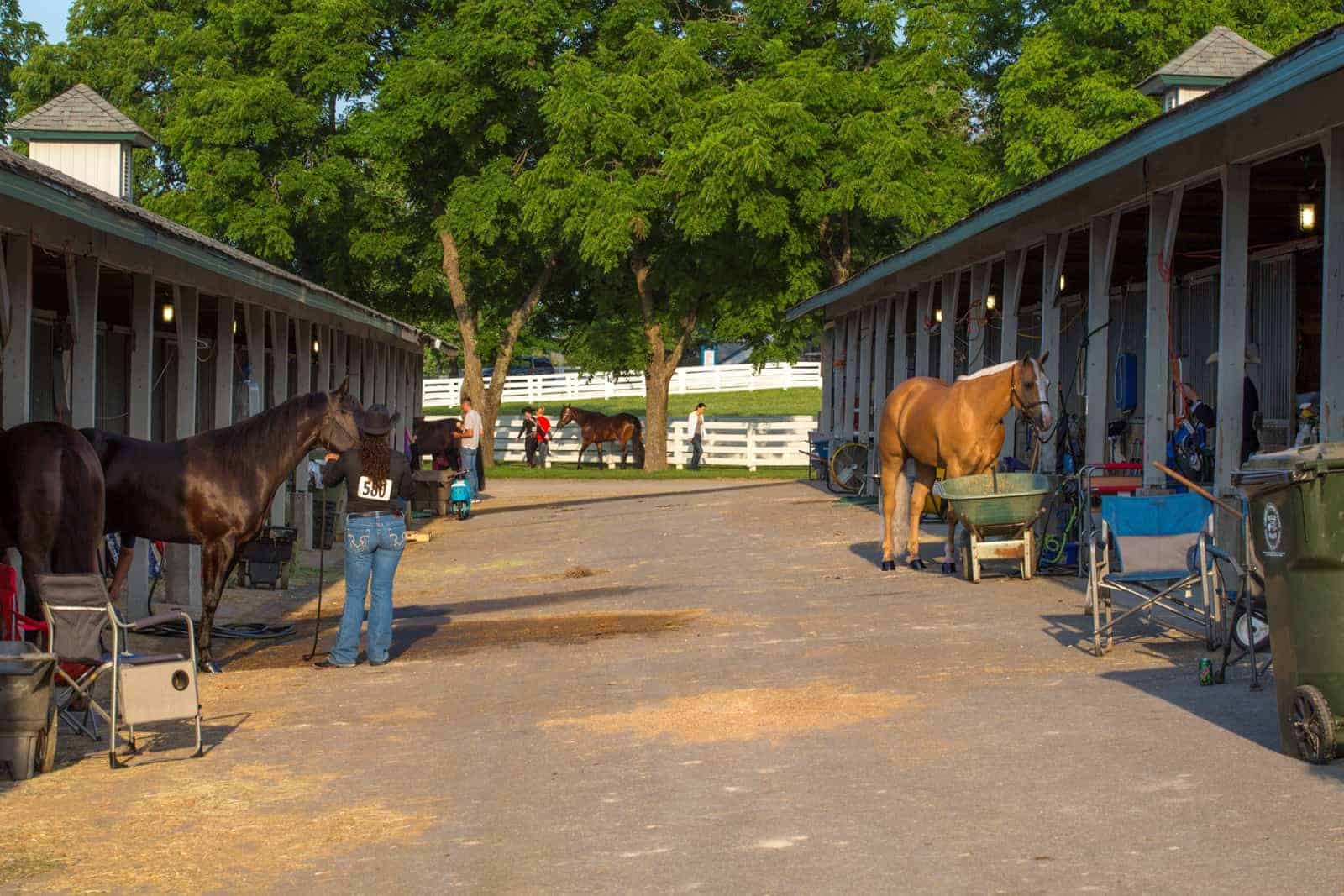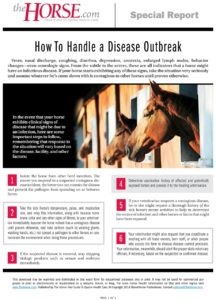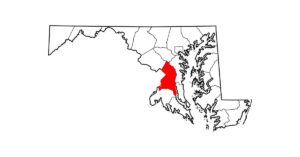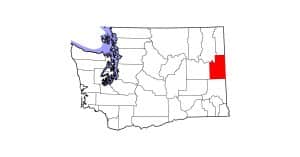Biosecurity at Equine Events

A disease-related “perfect storm” occurs when risk factors and a pathogen successfully interact, resulting in the introduction and spread of an infectious organism among a susceptible population. In the world of equine events, a perfect storm is plausible if:
- Susceptible, stressed horses are exposed to an infectious disease agent;
- The conditions and environment at the even support transmission and infection; and
- The pathogen rapidly spreads throughout the animal population.
In May 2011, horses that attended the National Cutting Horse Association event in Ogden, Utah, were exposed to equine herpesvirus-1 (EHV-1). A number of these horses developed EHV-1 myeloencephalopathy. The disease likely spread due to multiple high-risk practices such as commingling horses of unknown health statuses, stabling horses in close proximity, horse being tied to fences outside of the arena, use of shared water sources, use of communal wash racks, and exercising horses in confined spaces. The resulting outbreak garnered national attention and serves as an example of a perfect storm that had a significant impact on the equine industry.

Most equine event venues and facility layouts allow exhibitors easy, direct access to competition/exhibition areas. Under such circumstances, many shows have inadequate or non-existent isolation facilities for horses displaying signs of disease. To address this concern, starting in December 2017, the US Equestrian will require that competition management have an isolation protocol for horses suspected of having an infectious disease
Create a free account with TheHorse.com to view this content.
TheHorse.com is home to thousands of free articles about horse health care. In order to access some of our exclusive free content, you must be signed into TheHorse.com.
Start your free account today!
Already have an account?
and continue reading.
Written by:
Equine Disease Quarterly
Related Articles
Stay on top of the most recent Horse Health news with











